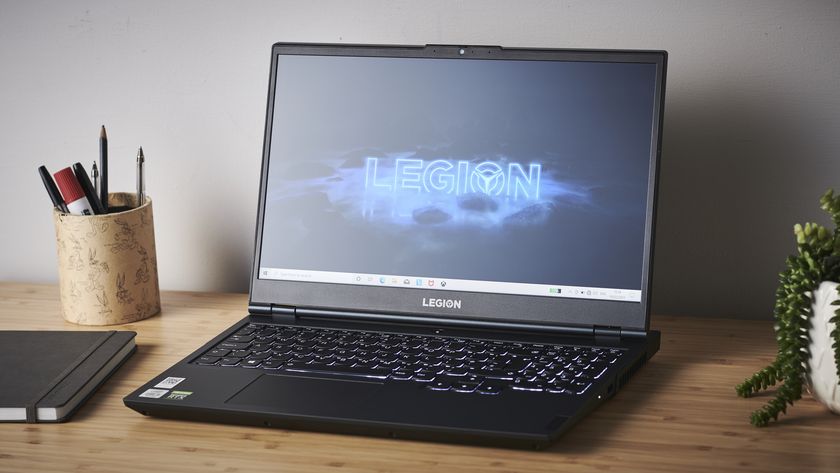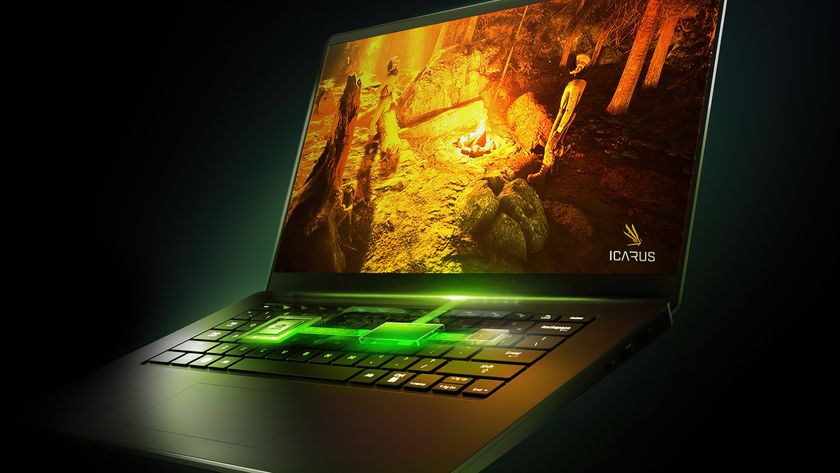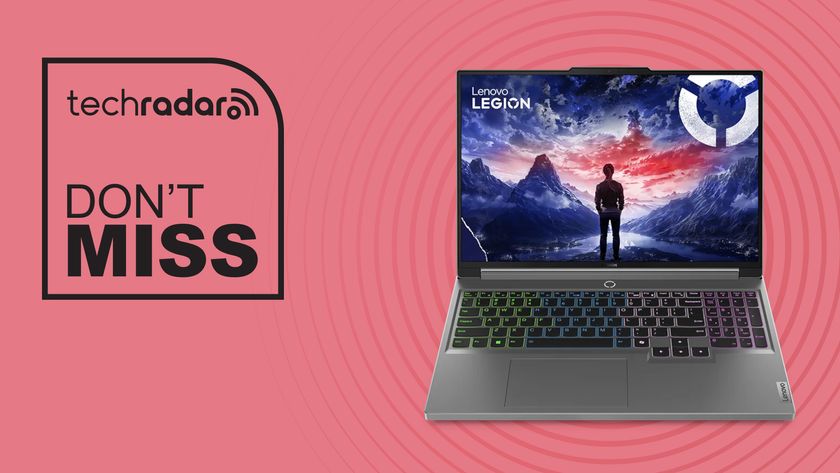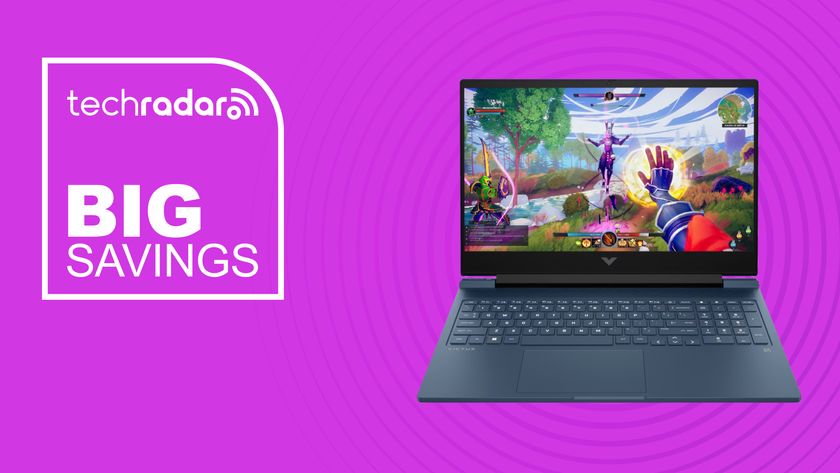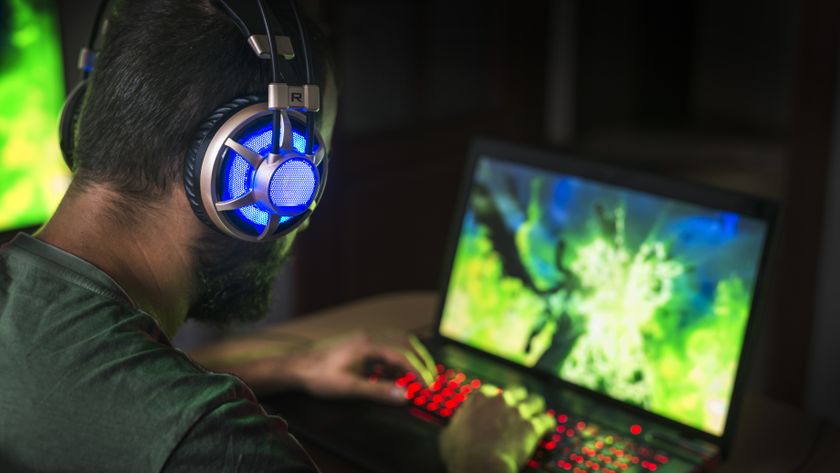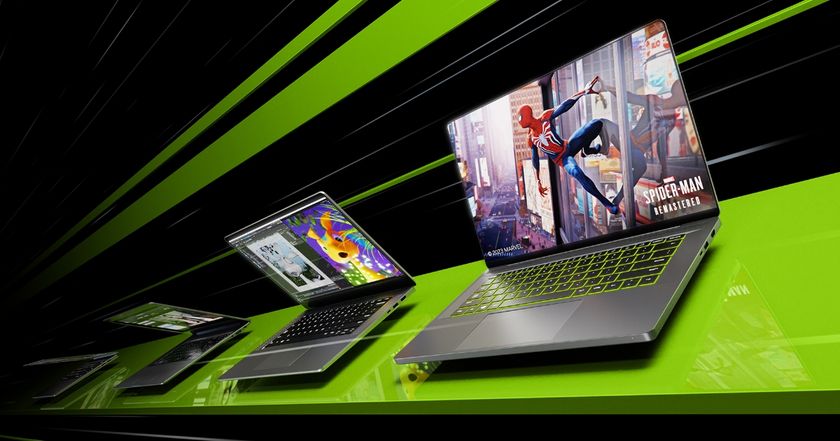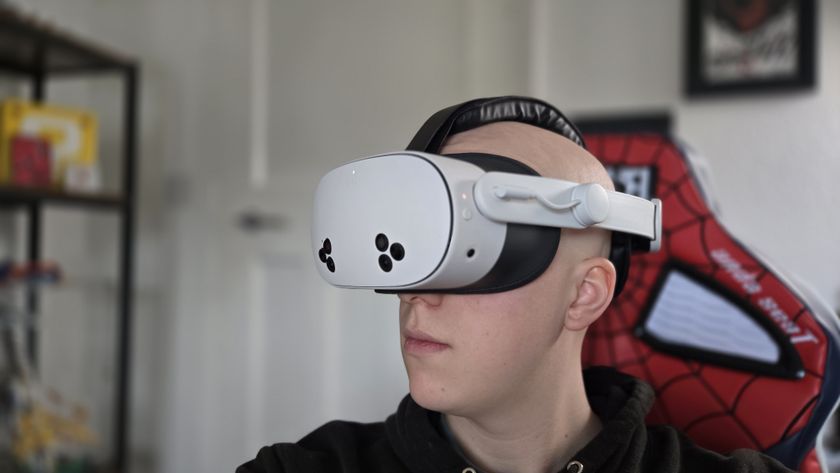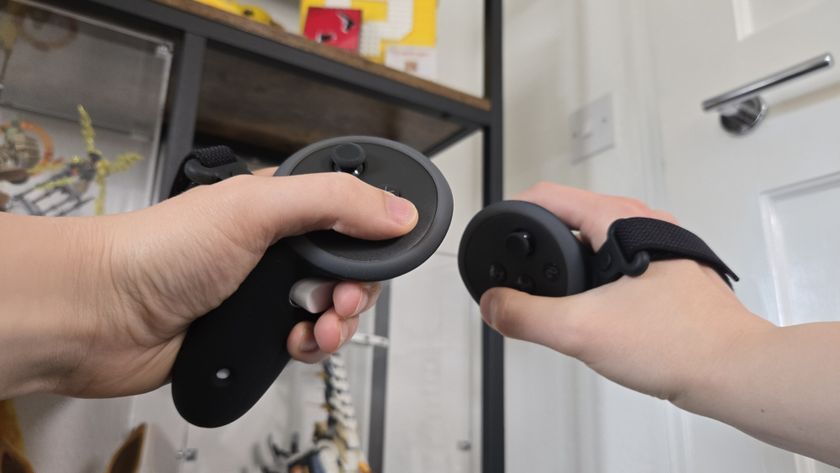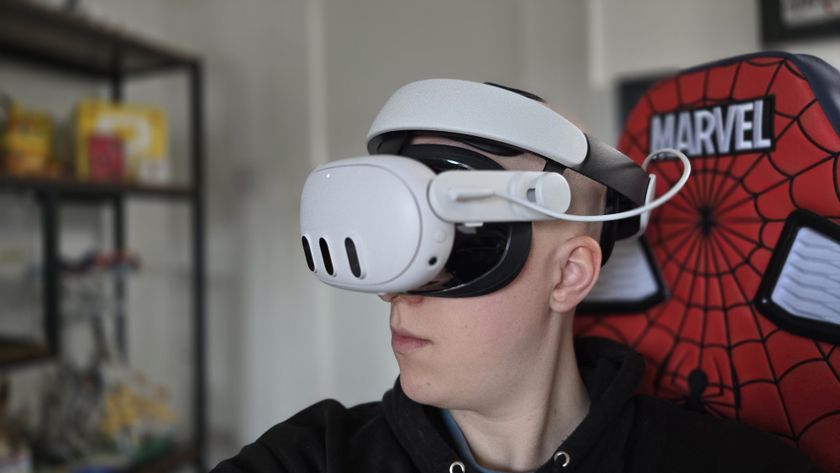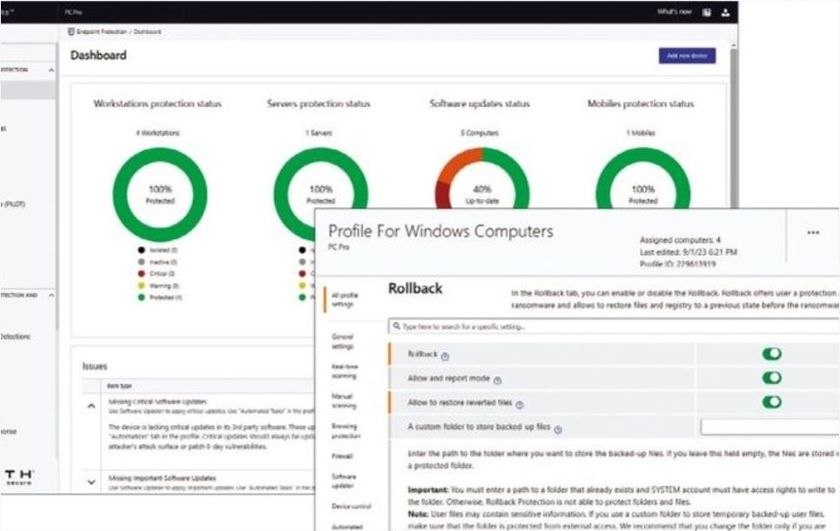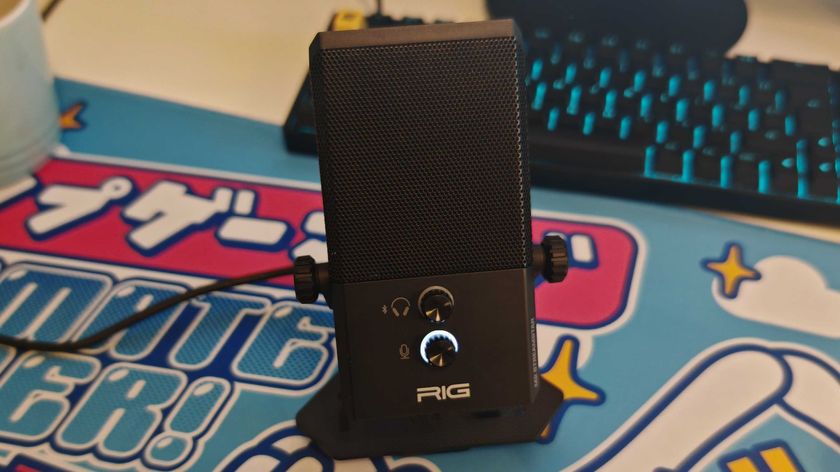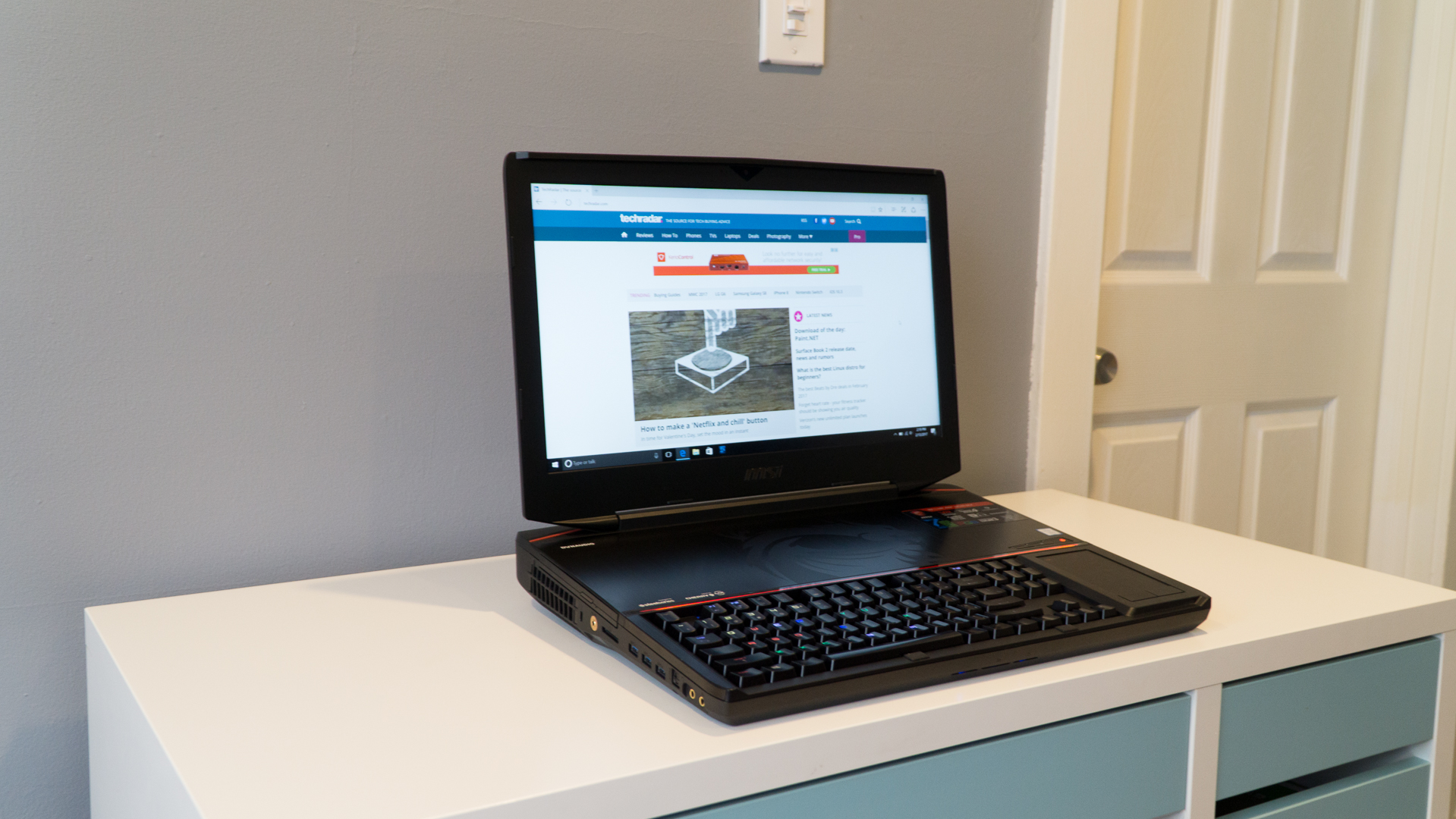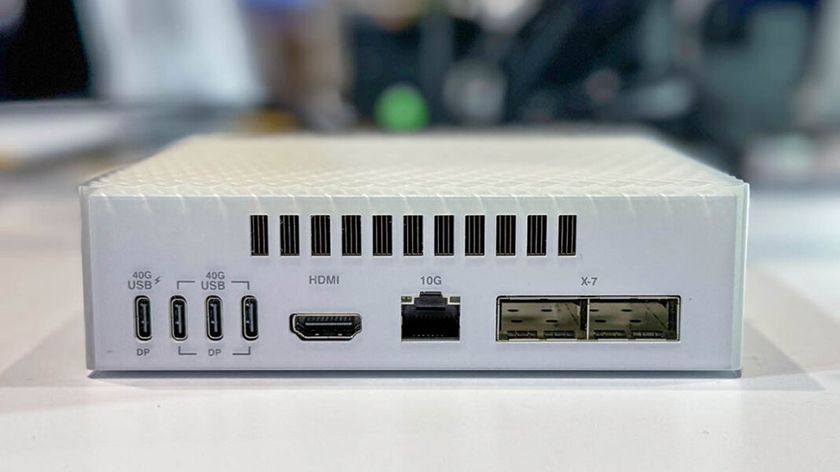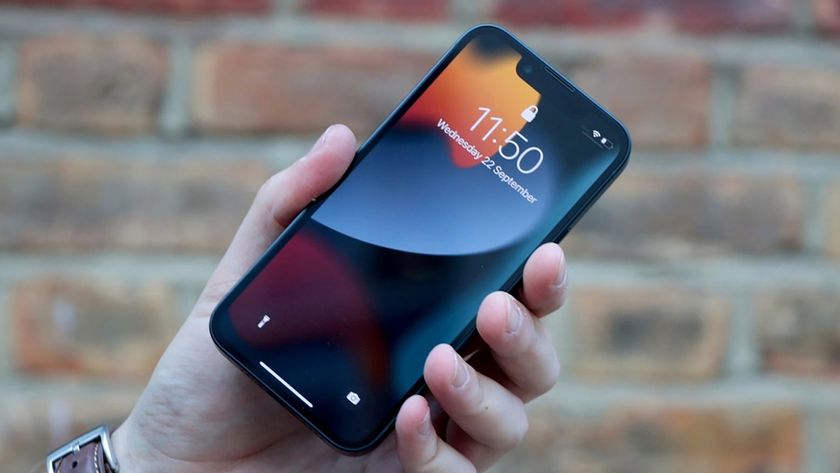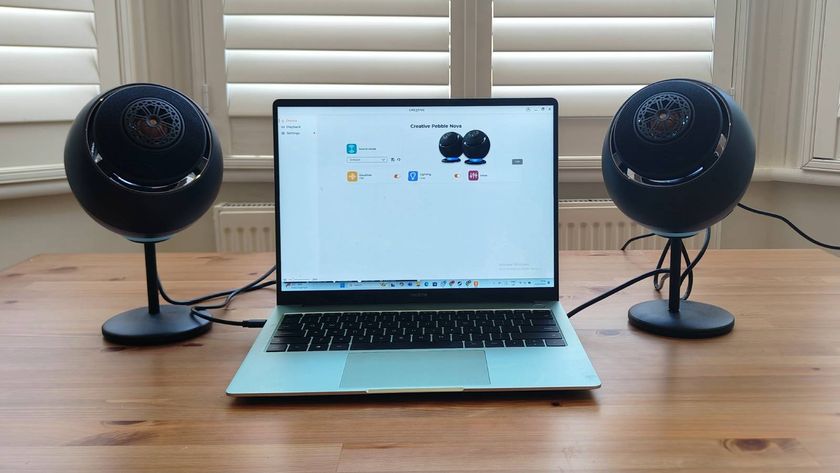Why you can trust TechRadar
For all of the immense power that the MSI GT83VR Titan affords, it’s a largely impractical – and arguably incomplete – gaming laptop. For instance, think about the fact that this laptop packs two of the highest-end mobile graphics cards to date, only to power a measly 1080p display.
With that in mind, it’s pretty clear to us that MSI intends for you to hook this monster up to one or more of the best monitors for gaming, preferably at 4K resolution. But, again, the last thing someone wants to hear when they spend five grand on something is that they need to spend more to make it “complete”.
Just buying this laptop and a gaming keyboard as well as a gaming mouse would be an immense waste of those dual graphics chips in SLI. So, for five grand, where in the world is the UHD display?

Understandably, the thing has “VR” in its name, but surely a laptop costing this much should suit both VR and traditional, high-end 4K gaming, right?
If you were to take the Razer Blade Pro, with its single GTX 1080, UHD touchscreen, 32GB of RAM and one of last generation’s top-end Intel Core i7 chips, and then maxed it out with 2TB of solid-state storage, you still would spend 500 fewer bucks on a machine ready for 4K and VR gaming out of the box. (And, it’s a far more portable device at that.)
The same goes for the latest Origin EON17-X. In matching MSI’s GT83VR Titan spec for spec (save for the SLI business) before checkout, you can spend nearly $800 less for a comparable experience. That’s one with a GTX 1080, a UHD display and a desktop-grade Intel Core i7 processor. You can even have Origin overclock your components for you in advance – and still save hundreds versus buying the MSI GT83VR Titan.
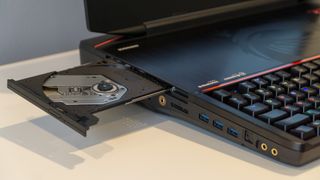
Here’s how the MSI GT83VR Titan performed in our suite of benchmark tests:
3DMark Sky Diver: 35,912; Time Spy: 10,579; Fire Strike: 20,959
Cinebench CPU: 809 points; Graphics: 136 fps
GeekBench 3: 4,219 (single-core); 15,926 (multi-core)
PCMark 8 (Home Test): 4,332 points
PCMark 8 Battery Life: 1 hours and 42 minutes
Battery Life (TechRadar movie test): 2 hours and 2 minutes
The Division (1080p, Ultra): 109 fps; (1080p, Low): 164 fps
GTA V (1080p, Ultra): 82 fps; (1080p, Low): 169 fps
Performance
It would be an understatement to call the GT83VR a benchmarking beast. But, for five grand, we’d be upset if it were anything less. But, it’s not nearly as superior to its rivals as it should be for that cost.
For instance, the EON17-X actually scored four more frames per second (fps) in the Grand Theft Auto V test at Ultra settings than this MSI. The same laptop also far outscored the GT83VR in the processor-punishing Geekbench 3 test, both unsurprising feats considering Origin put a desktop-grade chip in there.
While the performance of an SLI setup depends quite a bit on whether the games being played fully support or benefit from the tech, we’d expect twice as many GTX 1080s to easily spank these rival giant gaming laptops. Judging from these benchmarks, it’s tough to see a substantial benefit to SLI in a gaming laptop over a single GPU.
At the very least, we enjoyed gaming on an 18.4-inch portable screen with wide viewing angles and serious brightness – a screen that makes movies like Guardians of the Galaxy look even more gorgeous.
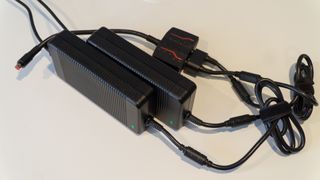
Battery life
Finally, and simply put, don’t rely on this laptop’s 75Wh battery to last you through more than a single movie, much less any more than an hour of gaming. This isn’t so much a complaint lobbed at this device as it is the reality of gaming laptops.
Though, the Razer Blade Pro has upended that assumption a bit, boasting nearly 4 hours of juice in our testing. Regardless, just be sure to bring the charger along.
Well, make that two chargers for the GT83VR, technically. That’s right, because this laptop houses two graphics chips, it needs two sources of power siphoned into a single, giant pinned cable. So, not only are you expected to carry around a 13-pound laptop, but two massive power supplies joined into a sort of two-headed morning star with thick, heavy cabling.
It’s just too much hassle to take this thing to a friend’s house or your next tournament – or nearly as much as it would to just lug a microATX gaming PC there.
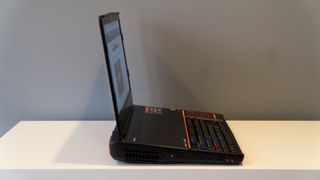
We liked
If there’s one thing we can say that we enjoy about the GT83VR Titan, it’s that you can rest assured that any game you throw at this device for the next few years should play at Ultra settings without issue. There’s also the fully customizable RGB keyboard backlighting, and the hardware-controlled cooling fans when you want to overclock. The laptop also offers Hi-Res audio through a dedicated port for the audiophiles out there.
We disliked
Some of MSI’s design decisions in building the GT83VR Titan, from the keyboard positioning to the pairing of SLI graphics chips and a 1080p display, are downright baffling. Worse off, the included trackpad that doubles as a number pad doesn’t function with 100% reliability. Couple that with oodles and oodles of bundled apps varying in usefulness (read: and subsidizing production costs), and it becomes impossible not to question the enormous price tag.
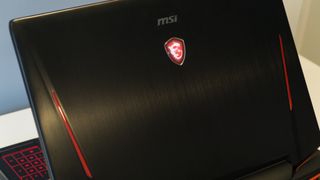
Final verdict
Frankly, when put up against competitors, the GT83VR Titan seems downright impractical. For its price, we shouldn’t have to anticipate spending more money to draw out this product’s true potential – it should be there in the box.
This laptop is beset on all sides by options that are arguably better for far less. And, while we’d love to say that this price gets you unparalleled performance, even that is not necessarily the case, judging by our benchmarks.
In short, seriously research what your five grand could net you before clicking the “buy” button on the MSI GT83VR, as you’ll quickly learn that it’s much more than this gaming laptop.
Joe Osborne is the Senior Technology Editor at Insider Inc. His role is to leads the technology coverage team for the Business Insider Shopping team, facilitating expert reviews, comprehensive buying guides, snap deals news and more. Previously, Joe was TechRadar's US computing editor, leading reviews of everything from gaming PCs to internal components and accessories. In his spare time, Joe is a renowned Dungeons and Dragons dungeon master – and arguably the nicest man in tech.
